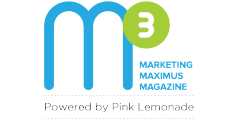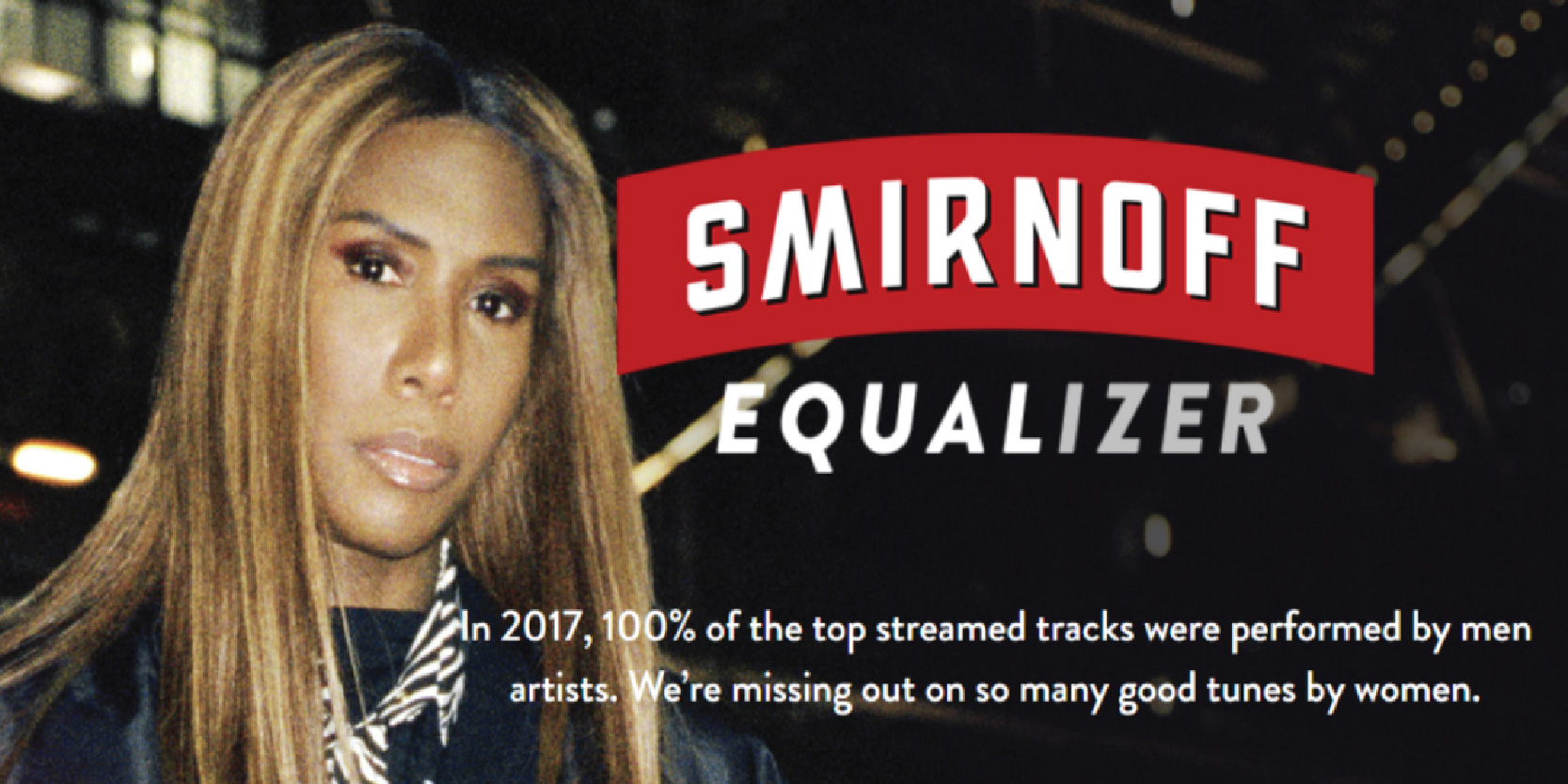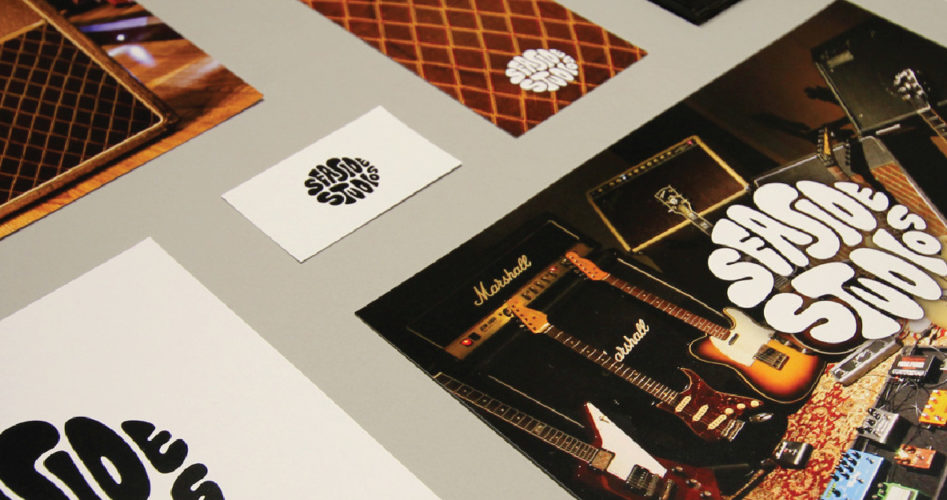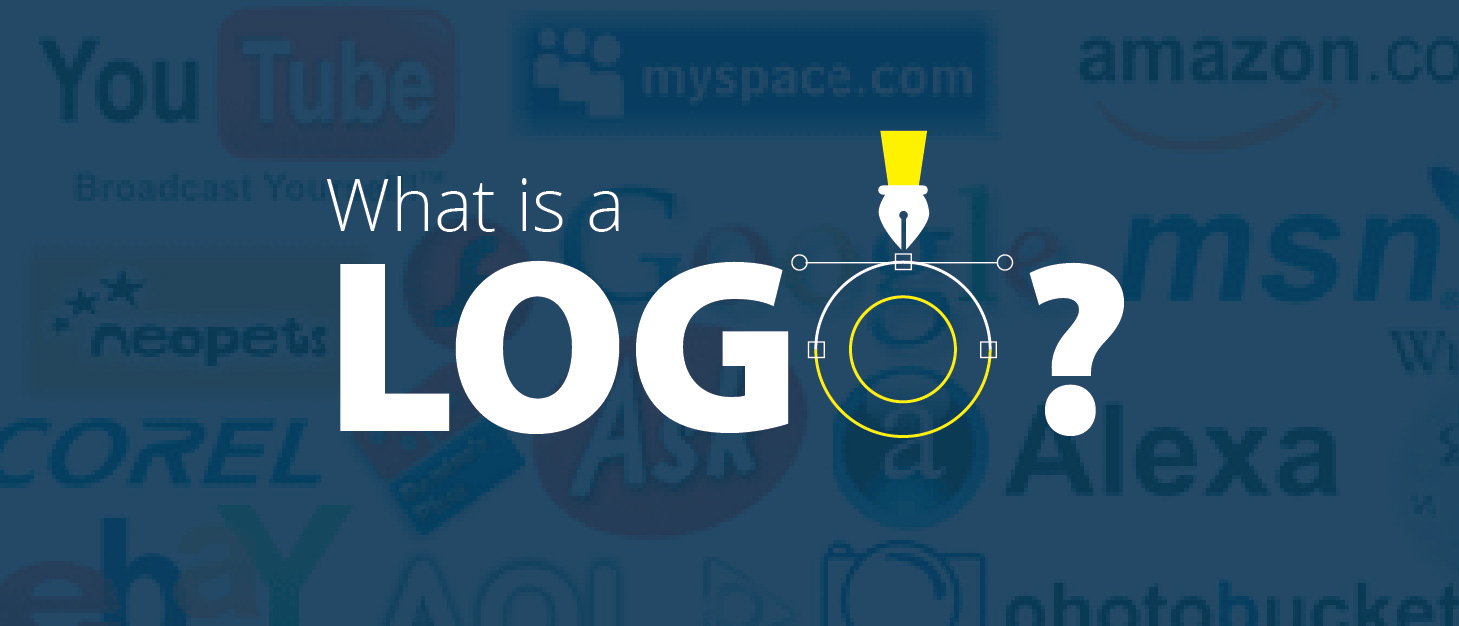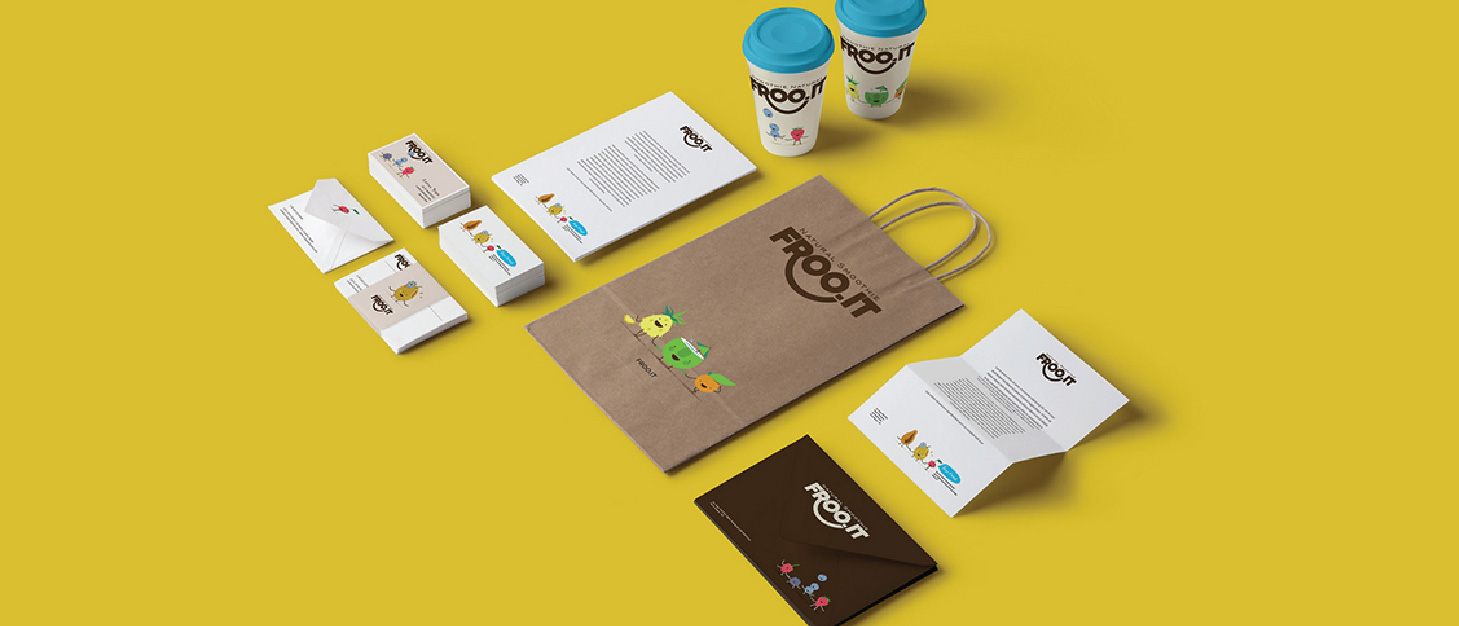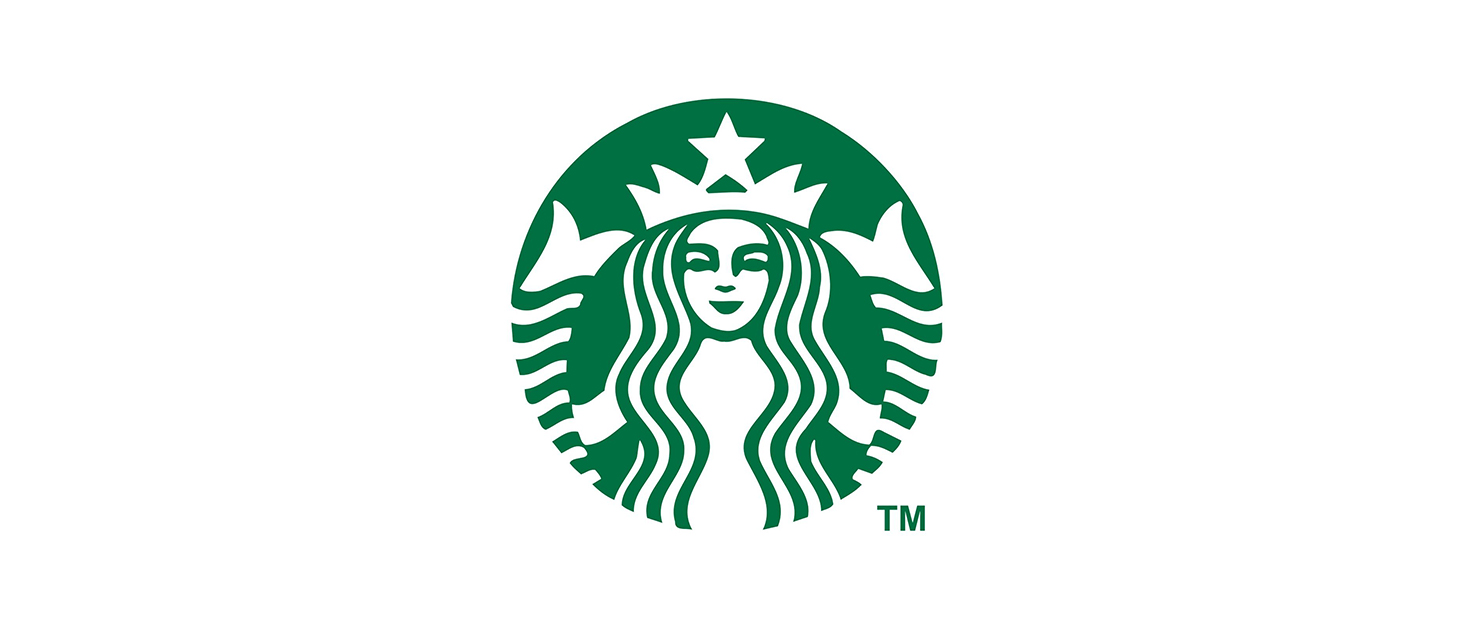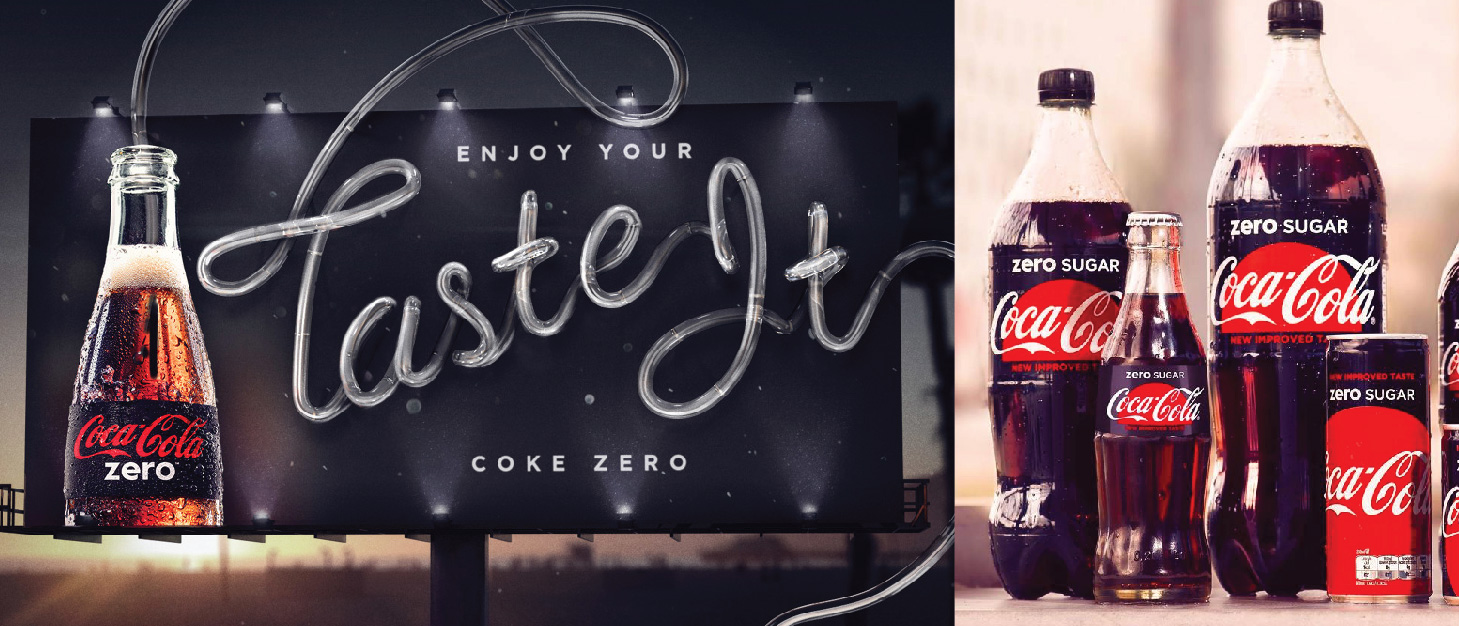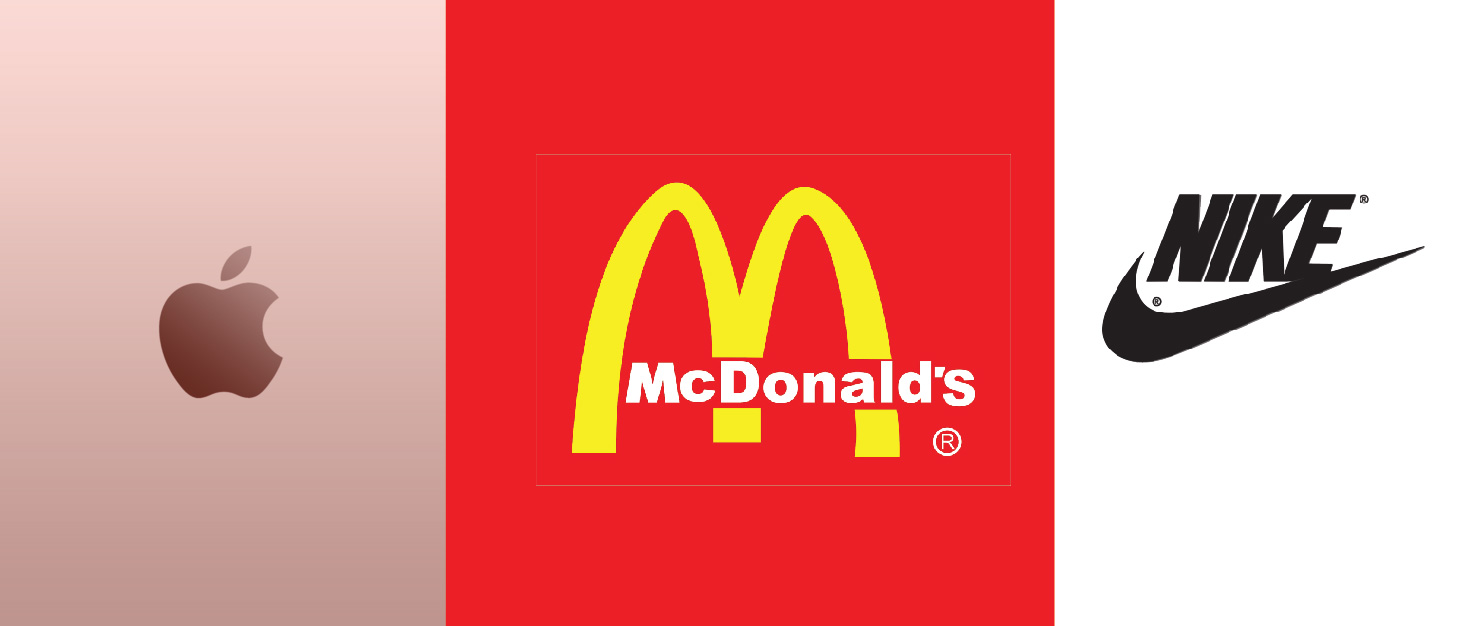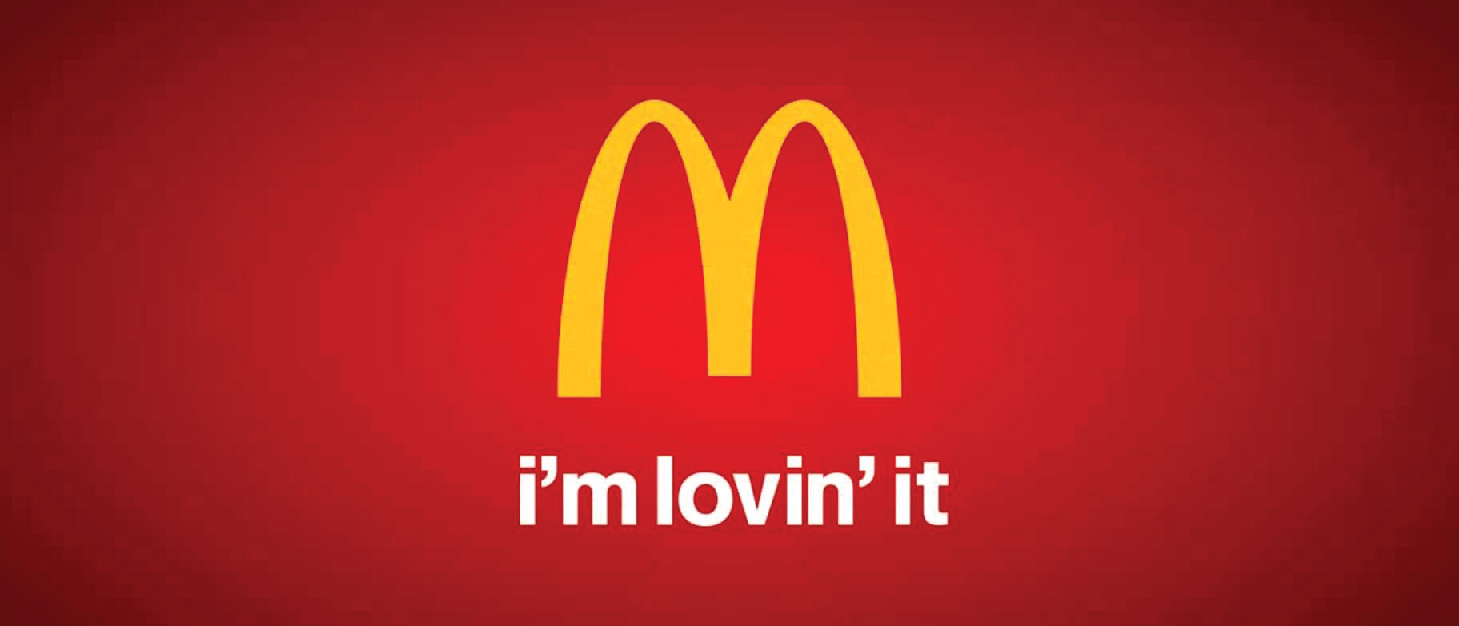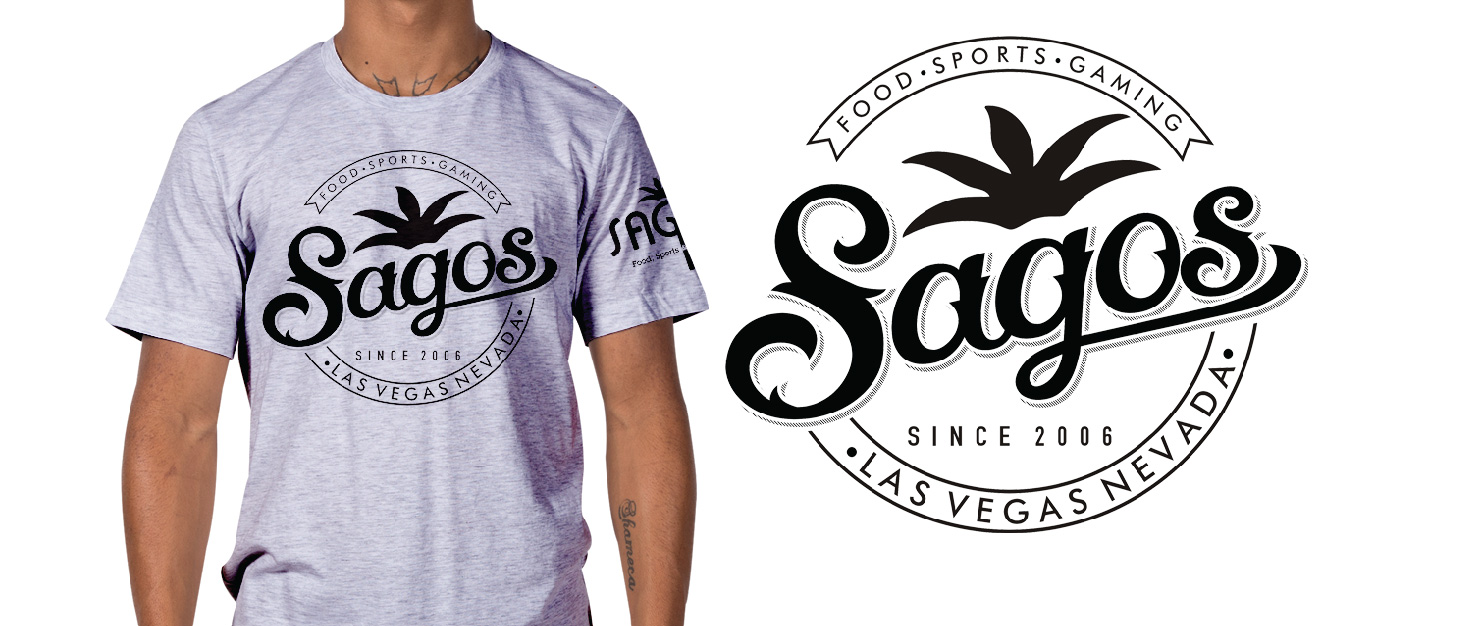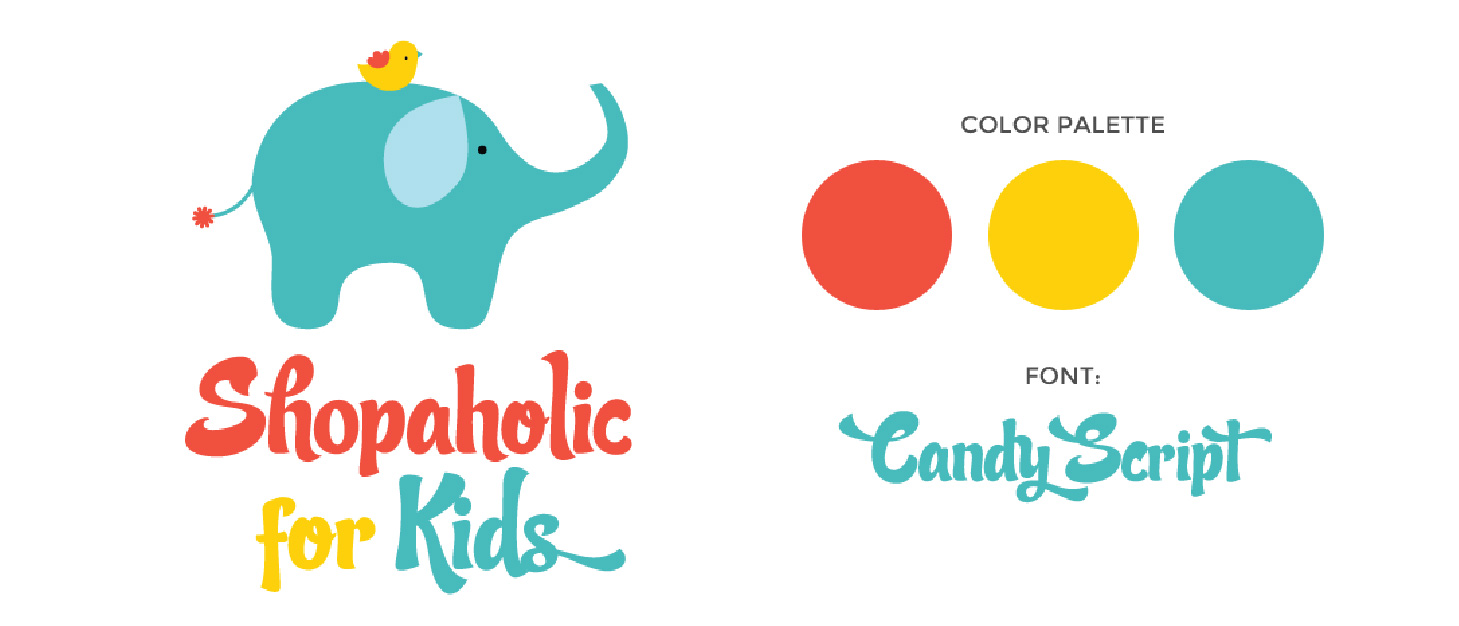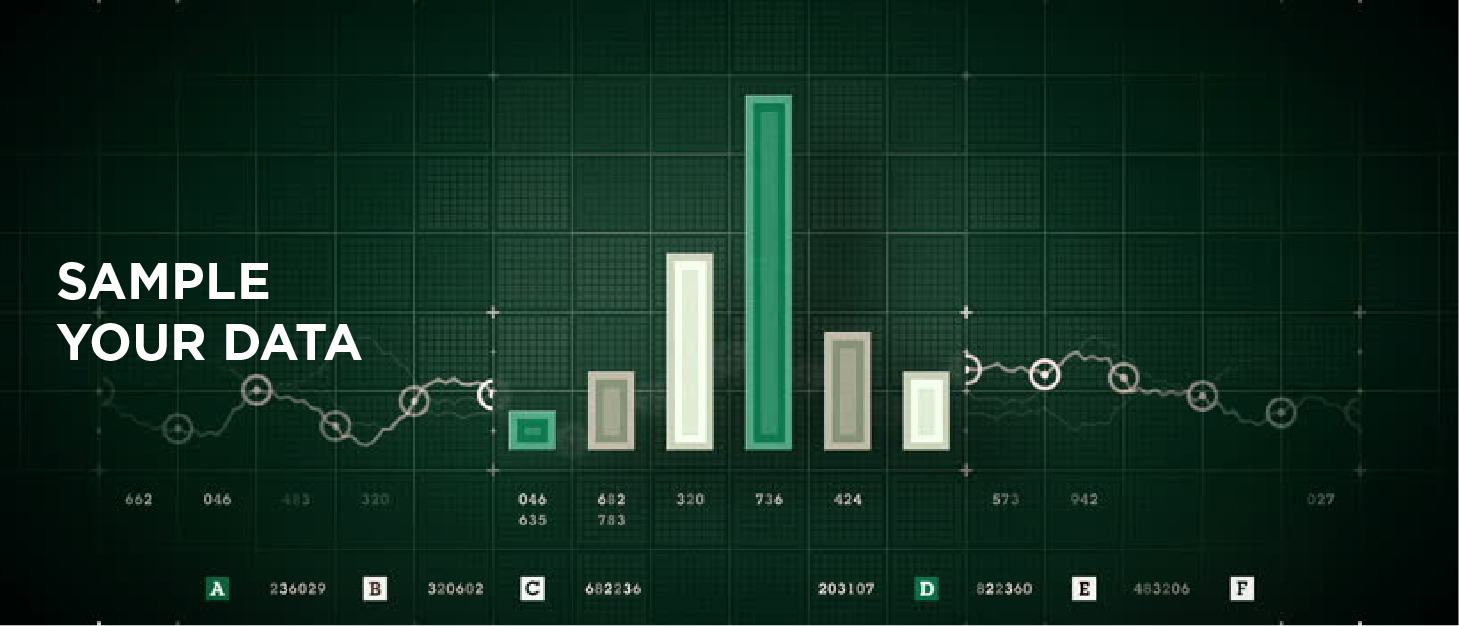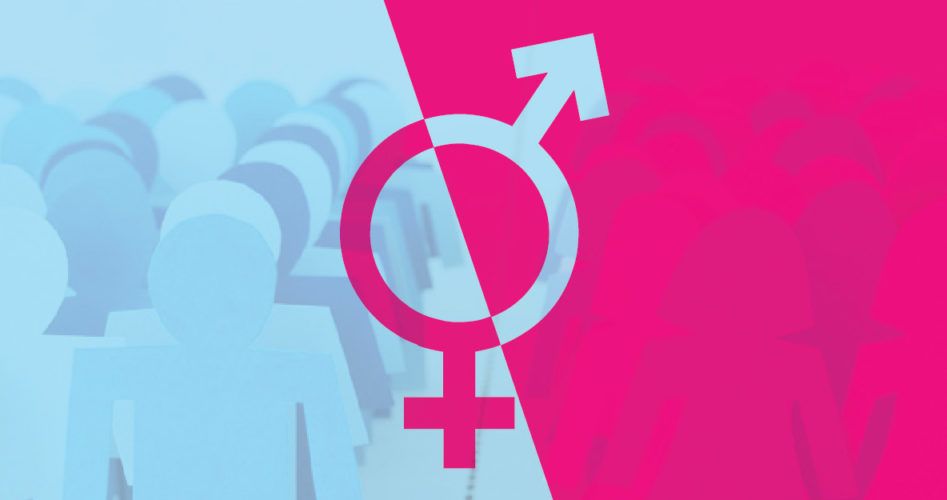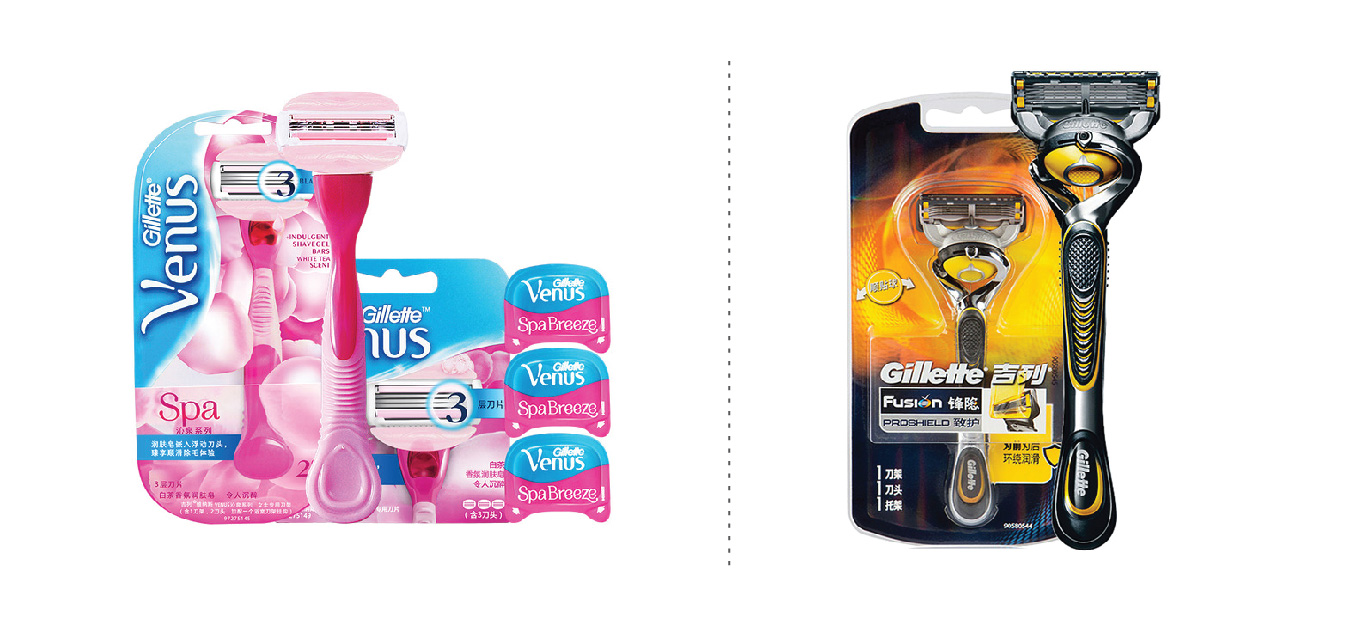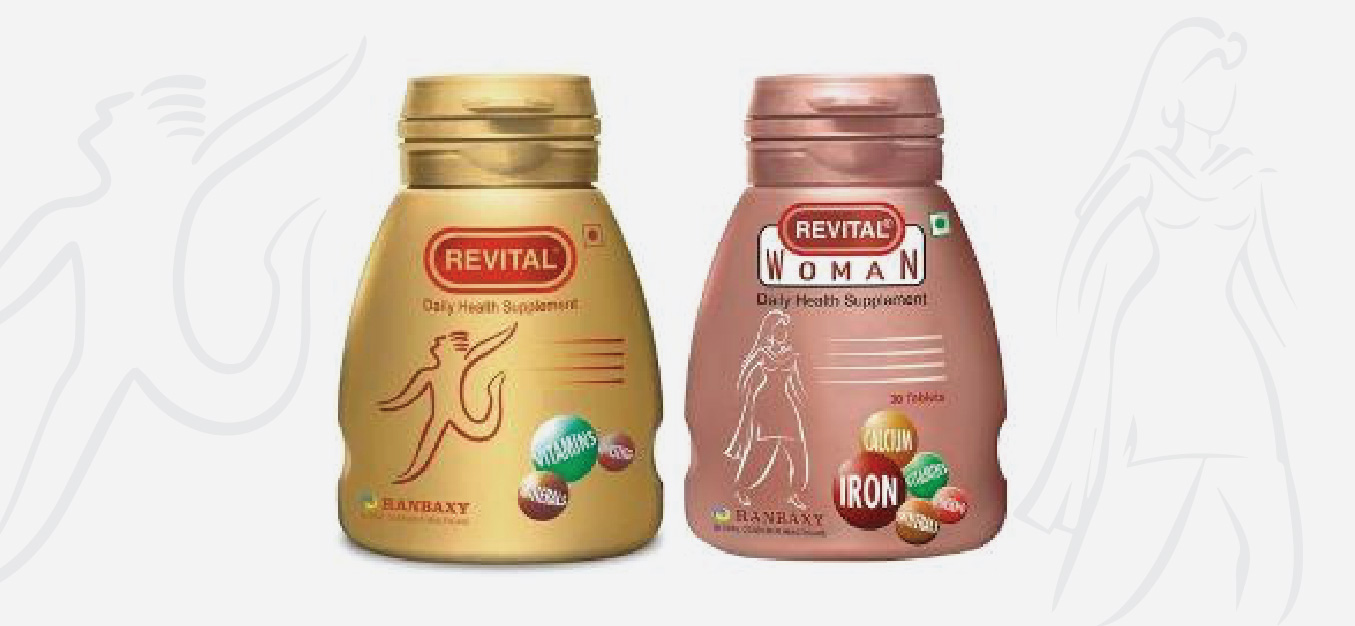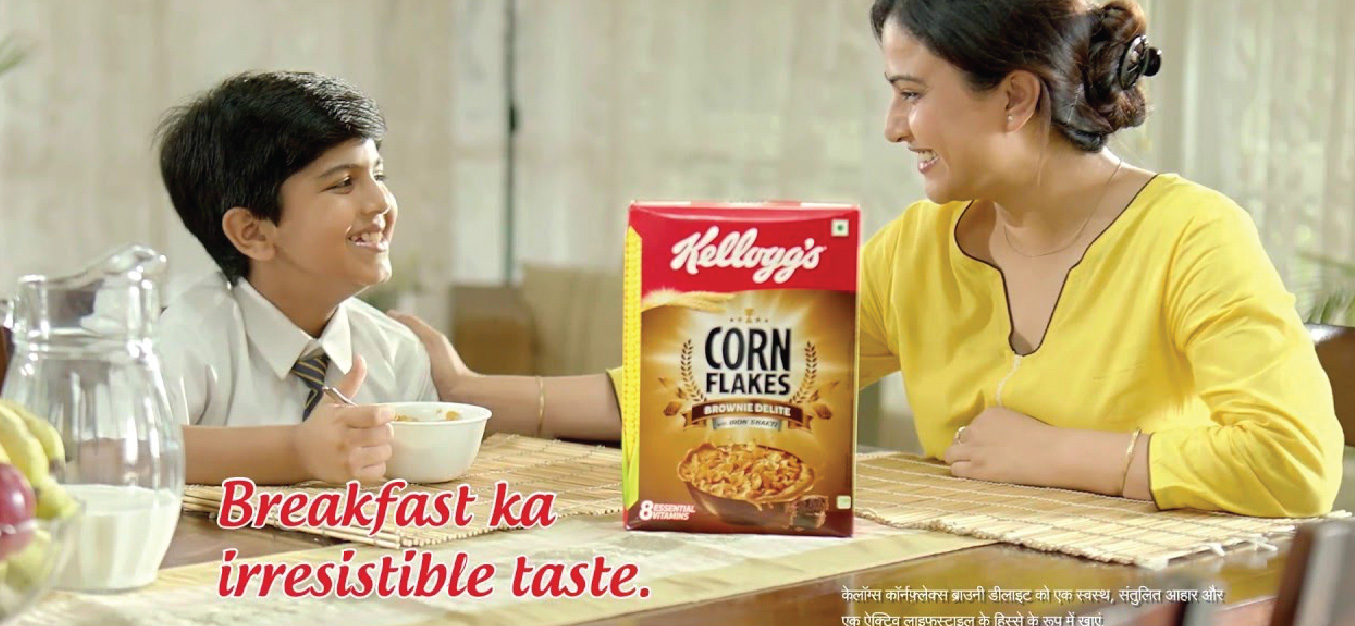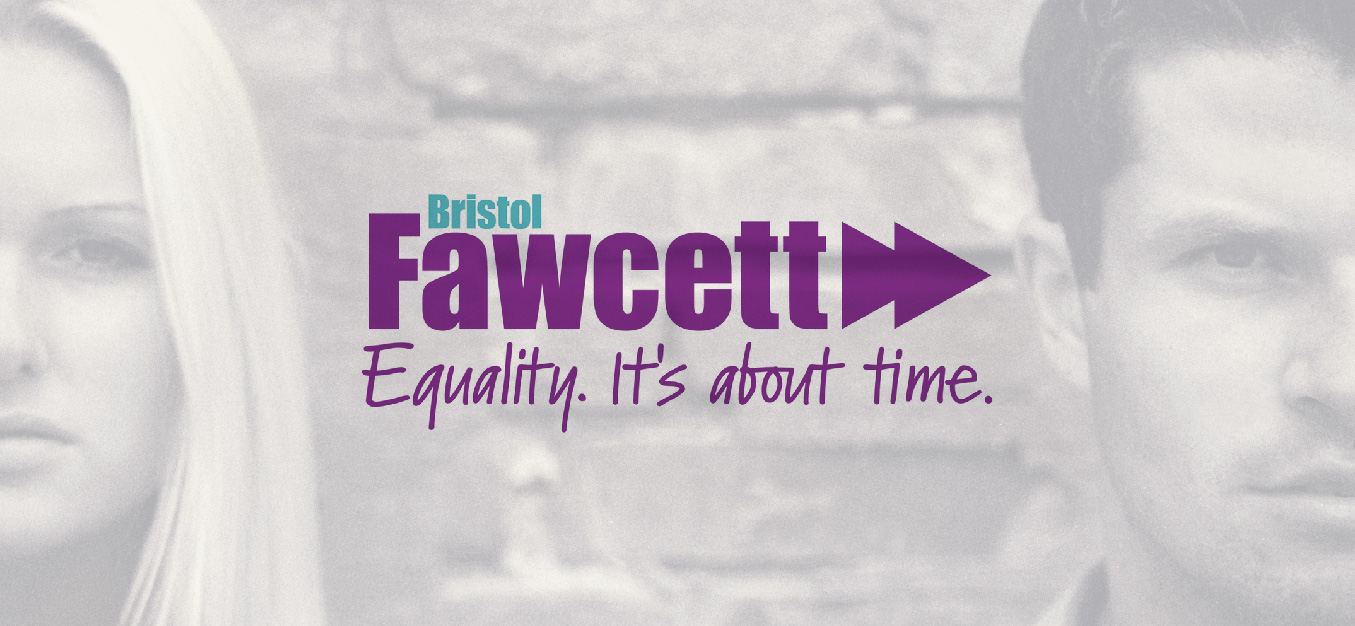Avocado toast — a term that, we’re certain, you immediately associate with millennials. After all, how could you not? It’s the buzzword in the marketing industry! Article after article has tried to understand and define this demographic and how to market to them. But, in this millennial haze, we’ve perhaps forgotten another emerging demographic — Gen Z.
If you don’t know who they are, well, here’s the scoop. Gen Z are those born between 1995 and 2012 — in effect, most of them are probably in their teens, or younger (on the other hand, the oldest millennials are pushing 40). The pressing question is though, why are these youngsters important to marketers? After all, they’re yet to have independent purchasing power!
Well, here’s why:
Gen Z will account for an astounding 40% of all consumers by 2020. In fact, a Barkley1 report estimates Gen Z’s earnings to be close to $153 billion already, with overall spending of almost $100 billion. Considering that a Nielsen2 study shows millennial spending to be about $65 billion, these numbers are mind-boggling. Do you need a bigger reason to start thinking about how to tweak your branding, marketing, and communication strategies? You shouldn’t!
So, here’s what you can do to grab these young’uns’ attention:
 Create Digital Experiences
Create Digital Experiences
While millennials are also highly active on social media, Gen Z takes this to the next level. Research shows that while Gen Y is looking at three screens simultaneously, Gen Z is looking at as many as eight. And needless to say, the old-school TV isn’t one of them. They might be on five different apps while using their smartphones. Usually, these apps are more visual and take little time to use, such as Snapchat, 9GAG, and even Tinder. So, think beyond Facebook and meet your target group where they are — on apps like Instagram, Twitter, Tumblr, and more.

Keep it Visual
The average Gen Z consumer is exposed to about 200,000 marketing strategies by the time he or she turns 15. Obviously, they learn to filter the meaningless ones out quite quick. Coupled with their minimal attention span (eight seconds), the best route for marketers to take is visual. Big players like Starbucks, Oreo, and Fiat have used GIFs in their social media interactions and garnered a massive response. This doesn’t come as a surprise, since they’re more interesting than static images, cheaper than videos, and short enough to hold Gen Z’s attention. So, cut down the content and focus on telling a visual story.
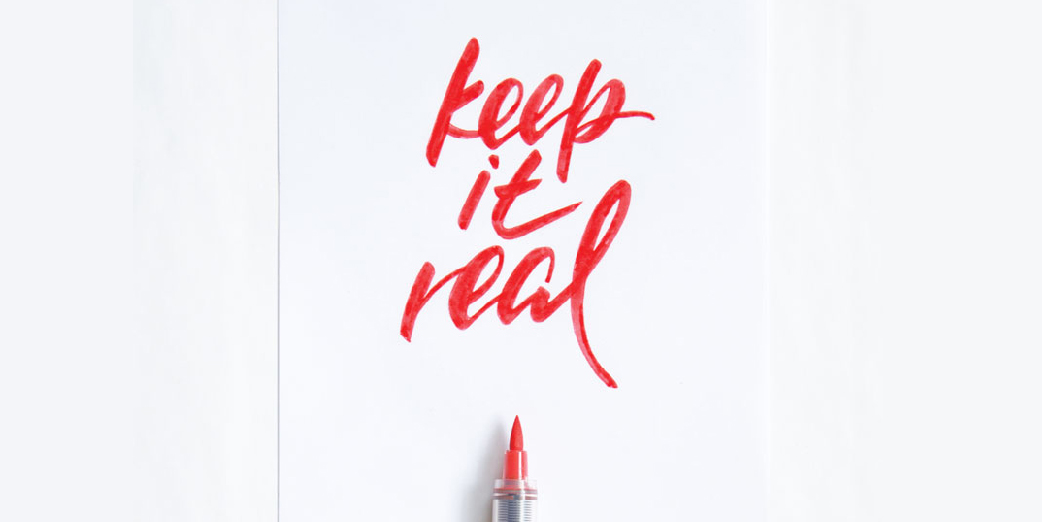
Focus on Authenticity
Gen Z is looking for realness — which is why, they’re less likely to trust a celebrity endorsement. Instead, focus on word-of-mouth, or better yet, opt for influencer marketing. It’s simple — Gen Z will trust someone they can relate to.
Here’s how you can get started:
- Get on good ol’ Google
- Search for bloggers and popular social media users
Or
- Go through your database for loyal customers and top spenders
- Use tools like Social Searcher to find mentions of your brand across platforms

Exercise Social Responsibility
As an extension of authenticity, Gen Z is looking for brands that think beyond money-making. When brands compensate for the environmental and socio-economic fallout of their operations, Gen Z will be more likely to buy into the brand philosophy. Case in point: H&M. The Swedish fast fashion brand (popular with young consumers) faced intense backlash in January 2018 when photos of a black child wearing a sweatshirt reading ‘coolest monkey in the jungle’ went viral. Widely perceived as insensitive and racist, it seemed there was no coming back for H&M. However, the very next month, it released a ‘sustainable’ fashion line, making clothes out of nylon waste. It’s also gone a step ahead and conducted racial sensitivity training — there now seems to be hope that the brand will slowly be back in Gen Z’s good books.
All this might sound a bit overwhelming, but we promise you it’s not. All you need to do to appeal to Gen Z is be authentic, go digital, and be mindful of your social responsibility.
Isn’t that what you should be doing anyway?
